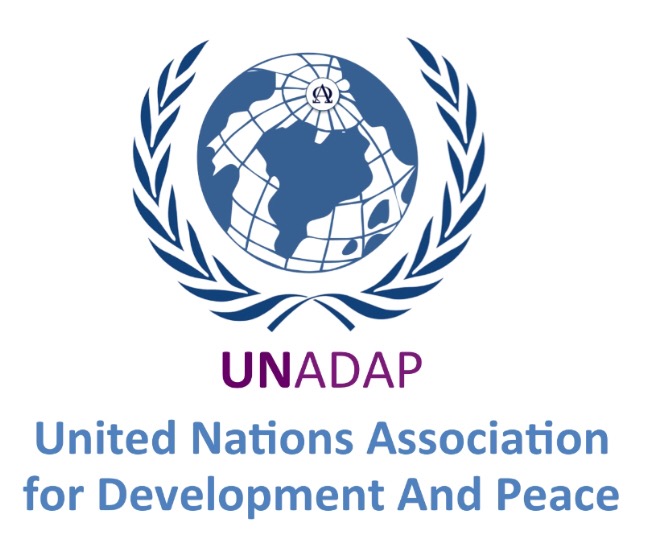India's stance on SDG 2: Zero Hunger
- UNADAP | United Nations
- Dec 1, 2022
- 3 min read

The Challenge
One in every nine individuals around the world today experiences hunger, despite the fact that enough food exists to feed every individual. Two-thirds of this vulnerable group live in Asia. Unless we profoundly rethink global food and agricultural systems, it is estimated that the number of hungry people worldwide could climb to two billion by 2050. Globally, the proportion of undernourished people in developing regions has fallen by almost half since 1990, from 23.3% in 1990-1992 to 12.9% in 2014-2016. However, 795 million are still undernourished.
Why is this important?
Working to improve food and agriculture can have a substantial impact on the attainment of the other 16 Sustainable Development Goals, as it can help combat climate change, bolster economic growth, and contribute to peace and stability in societies around the world. Currently our soils, fresh water, oceans, forests, and biodiversity are being rapidly degraded. Climate change is putting greater pressure on the resources we depend on, and increasing risks associated with natural disasters. Rural women and men who can no longer make ends meet on their land, are being forced to migrate to cities in search of opportunities. Building resilience against natural disasters will be an important part of the global fight against hunger, as crises exacerbate food insecurity issues in countries affected by them.
How can we address this?
Goal 2 of the 2030 Sustainable Development agenda seeks to end hunger and all forms of malnutrition, and double agricultural productivity in the next 15 years. Ensuring this sustainable access to nutritious food universally will require sustainable food production and agricultural practices.

India and Goal 2
South Asia still faces the greatest hunger burden, with over 281 million undernourished people, including 40% of India’s population. How we grow and consume our food has a significant impact on levels of hunger, but it doesn’t end there. If done right, agriculture and forests can become sources of decent incomes for the global population, the engines of rural development, and our vanguard against climate change. The agricultural sector is the single largest employer in the world, employing 40% of the global population, and in India, 54.6% of its total workforce. Even with more than half of the country’s population employed in the sector, agriculture contributes only 15% of India’s GDP. The Government of India has prioritised strengthening agriculture through measures in irrigation, crop insurance, and improved varieties. The government has also taken critical steps to enhance food security, including through an India-wide targeted public distribution system, a National Nutrition Mission and the National Food Security Act. The Rashtriya Krishi Vikas Yojana, the National Mission on Sustainable Agriculture and many national schemes on horticulture, agricultural technology and livestock are leading the way in improving India’s agriculture.
Targets
By 2030, end hunger and ensure access by all people, in particular the poor and people in vulnerable situations, including infants, to safe, nutritious and sufficient food all year round.
By 2030, end all forms of malnutrition, including achieving, by 2025, the internationally agreed targets on stunting and wasting in children under 5 years of age, and address the nutritional needs of adolescent girls, pregnant and lactating women and older persons.
By 2030, double the agricultural productivity and incomes of small-scale food producers, in particular women, indigenous peoples, family farmers, pastoralists and fishers, including through secure and equal access to land, other productive resources and inputs, knowledge, financial services, markets and opportunities for value addition and non-farm employment.
By 2030, ensure sustainable food production systems and implement resilient agricultural practices that increase productivity and production, that help maintain ecosystems, that strengthen capacity for adaptation to climate change, extreme weather, drought, flooding and other disasters and that progressively improve land and soil quality.
By 2020, maintain the genetic diversity of seeds, cultivated plants and farmed and domesticated animals and their related wild species, including through soundly managed and diversified seed and plant banks at the national, regional and international levels, and promote access to and fair and equitable sharing of benefits arising from the utilization of genetic resources and associated traditional knowledge, as internationally agreed.
Increase investment, including through enhanced international cooperation, in rural infrastructure, agricultural research and extension services, technology development and plant and livestock gene banks in order to enhance agricultural productive capacity in developing countries, in particular least developed countries.
Correct and prevent trade restrictions and distortions in world agricultural markets, including through the parallel elimination of all forms of agricultural export subsidies and all export measures with equivalent effect, in accordance with the mandate of the Doha Development Round.
Adopt measures to ensure the proper functioning of food commodity markets and their derivatives and facilitate timely access to market information, including on food reserves, in order to help limit extreme food price volatility.
Copyright: UN India, SDG
TAGS: Dominic Dixon, United Nations, Dominic F Dixon, Dr. Dominic Dixon, UN SDG






Comments